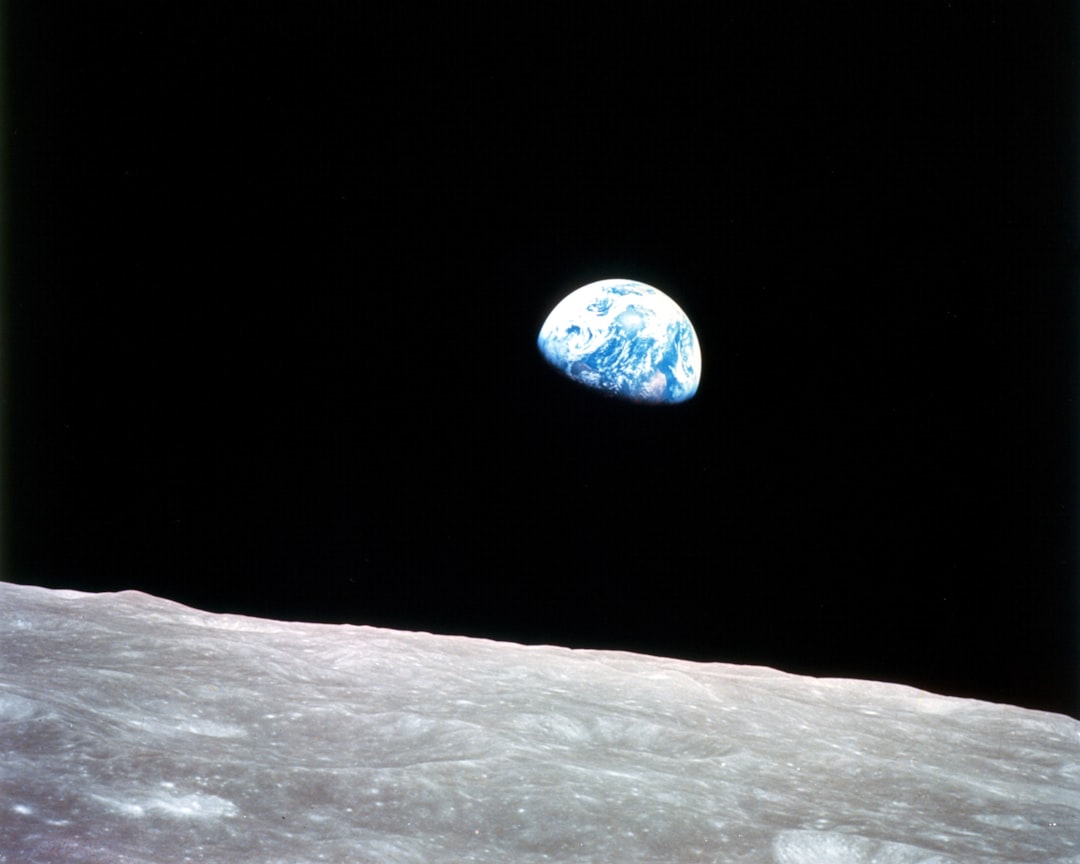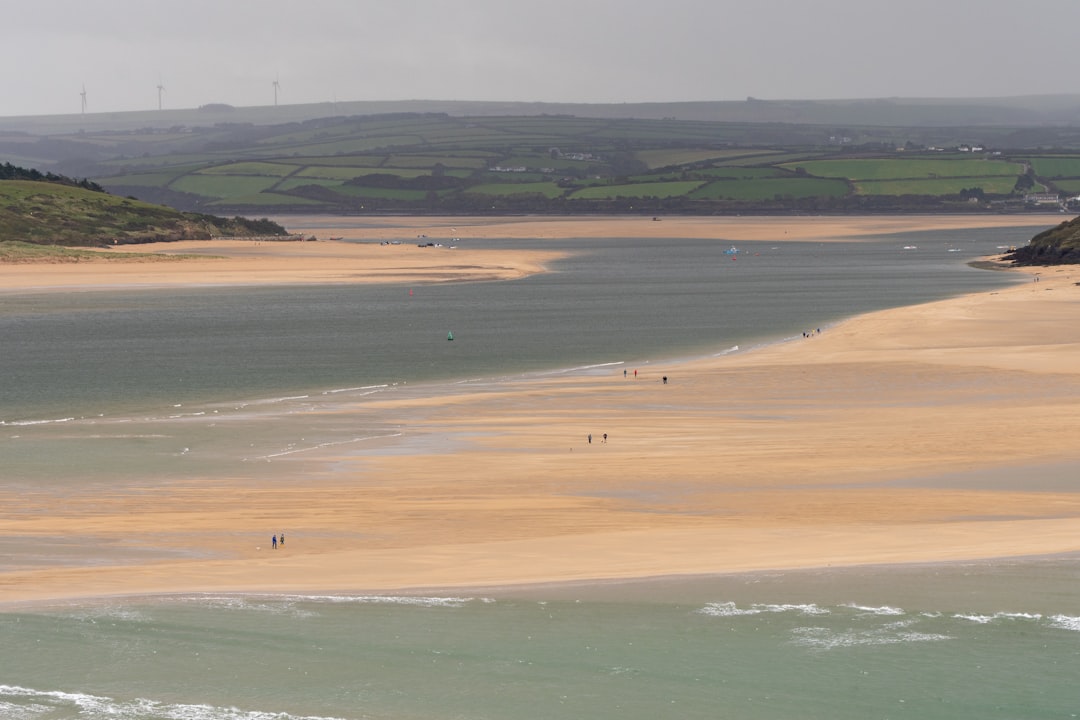What is it about?
Radiocarbon dating of closely associated marine mollusk shells and terrestrial material (mammal bones or charred wood) collected from archaeological contexts in northern Atlantic Iberian coastal areas is used to quantify the marine 14C reservoir effect (ΔR) for the coastal waters off the Cantabrian coast (northern Iberia). For the first time, ΔR values were reliably determined for these coastal waters, and also for the first time a ΔR was calculated for the Late Pleistocene in Atlantic Iberia. Pairs of coeval samples of different carbon reservoirs selected from Upper Paleolithic (Late Pleistocene) and Mesolithic (Early Holocene) contexts yielded ΔR weighted mean values of –117±70 14C yr and –105±21 14C yr, respectively.
Featured Image
Read the Original
This page is a summary of: Marine Radiocarbon Reservoir Effect in Late Pleistocene and Early Holocene Coastal Waters off Northern Iberia, Radiocarbon, August 2016, Cambridge University Press,
DOI: 10.1017/rdc.2016.71.
You can read the full text:
Contributors
The following have contributed to this page










